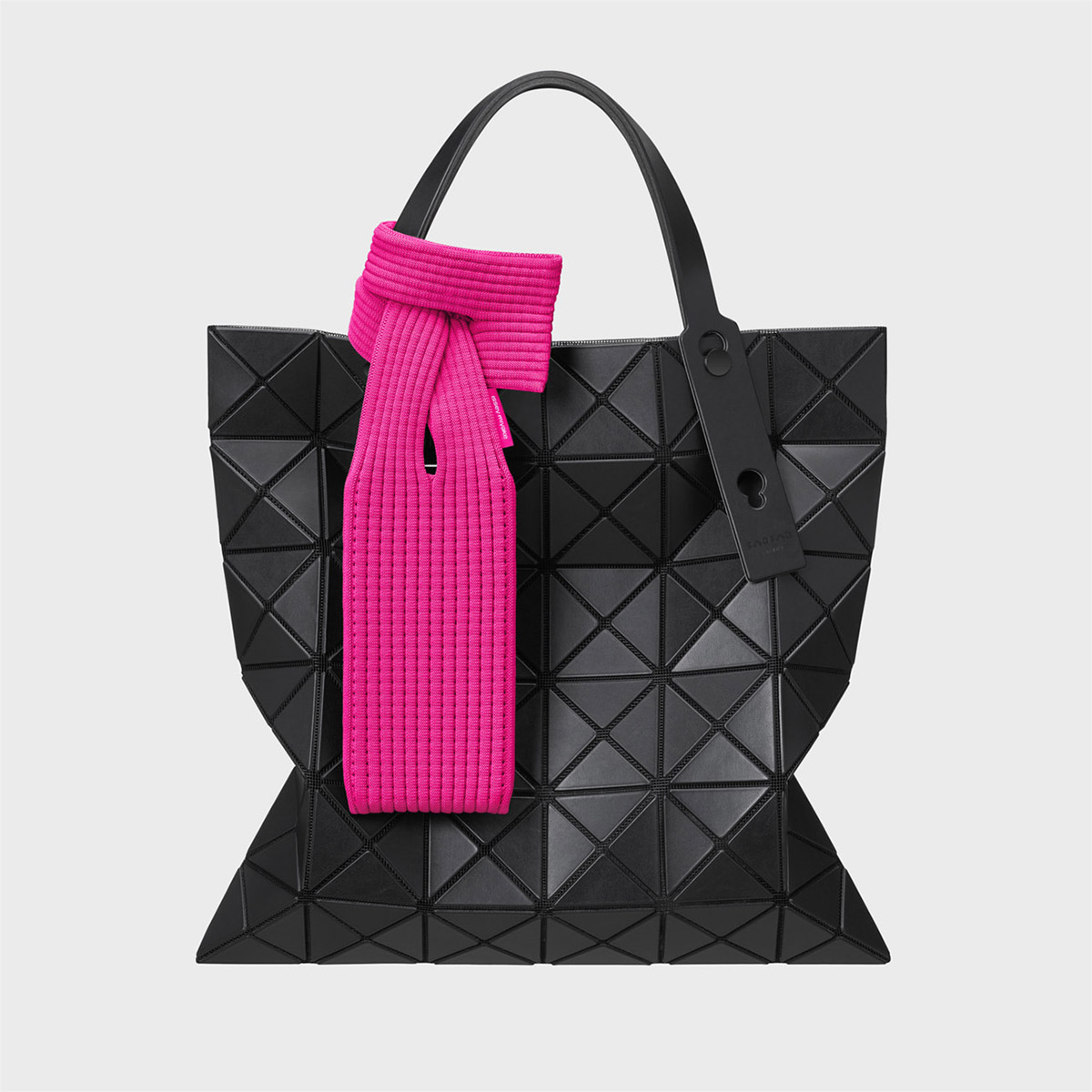This alignment signals a crucial shift, prioritizing cultural capital over raw processing power.
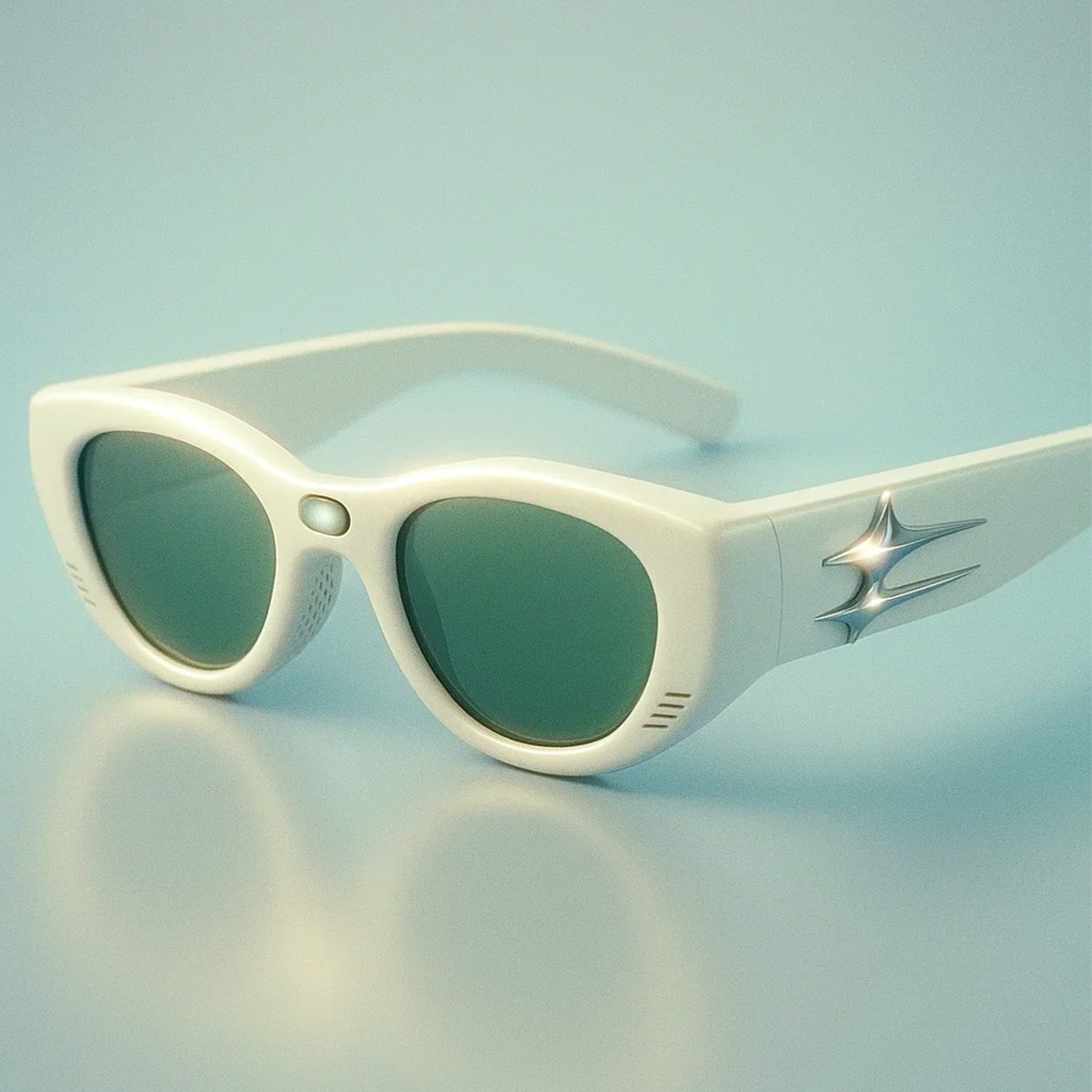
Summary
- Aesthetics Are the Entry Point: Wearable tech has failed to gain traction because it lacks cultural credibility. Google is leveraging Gentle Monster’s design prowess to make smart eyewear genuinely desirable.
- Beyond Gadgets: The collaboration aims to integrate advanced AR seamlessly into fashionable frames, moving smart glasses from niche novelties to essential accessories.
- Navigating Social Friction: Success hinges not just on design, but also on addressing privacy concerns through transparent features like visible recording indicators and camera-less options.
For over a decade, Silicon Valley has been trying, and largely failing, to convince us to wear computers on our faces. The landscape of wearable tech is littered with devices that prioritized engineering over aesthetics. Despite advancements in AR and miniaturization, smart glasses have remained niche gadgets rather than essential accessories.
The fundamental barrier to adoption hasn’t been battery life or display resolution; it has been a profound lack of aesthetic credibility.
This context sets the stage for the potential partnership between Google and Gentle Monster. This isn’t just another tech collaboration; it’s a strategic masterstroke that could finally move smart eyewear from trade show novelty to a genuine cultural phenomenon. Google has the technology. Gentle Monster, the South Korean eyewear brand known for its avant-garde designs and cult following, has the cultural capital.
This alignment signifies a crucial realization in the tech world: form is not secondary to function; it is the entry point.
The Ghost of Google Glass
It’s impossible to discuss smart eyewear without addressing Google Glass. Launched with fanfare, it ultimately failed because it looked less like fashion and more like medical equipment. It created immediate social friction.
Wearable tech has stalled not because of functional limitations, but because it lacks aesthetic credibility. Subsequent attempts by tech companies have softened the aesthetics, but they still design smart glasses—frames obviously laden with technology. Gentle Monster, however, designs eyewear.
By partnering with Gentle Monster, Google is effectively outsourcing “cool.” They gain access to the design credibility, brand loyalty, and market penetration that Silicon Valley simply cannot generate on its own.
The Vision: Integrated, Not Intrusive
The key to success lies in integrating advanced hardware into frames people already covet. If this collaboration moves forward, the key will be maintaining the design integrity of the eyewear. Based on this philosophy, I’ve created concepts that re-imagine three existing Gentle Monster frames—the Ego C1, Orbit 01, and Verse W2—with integrated AR capabilities.
These concepts explore three distinct approaches, ensuring the technology serves the style, not the other way around.
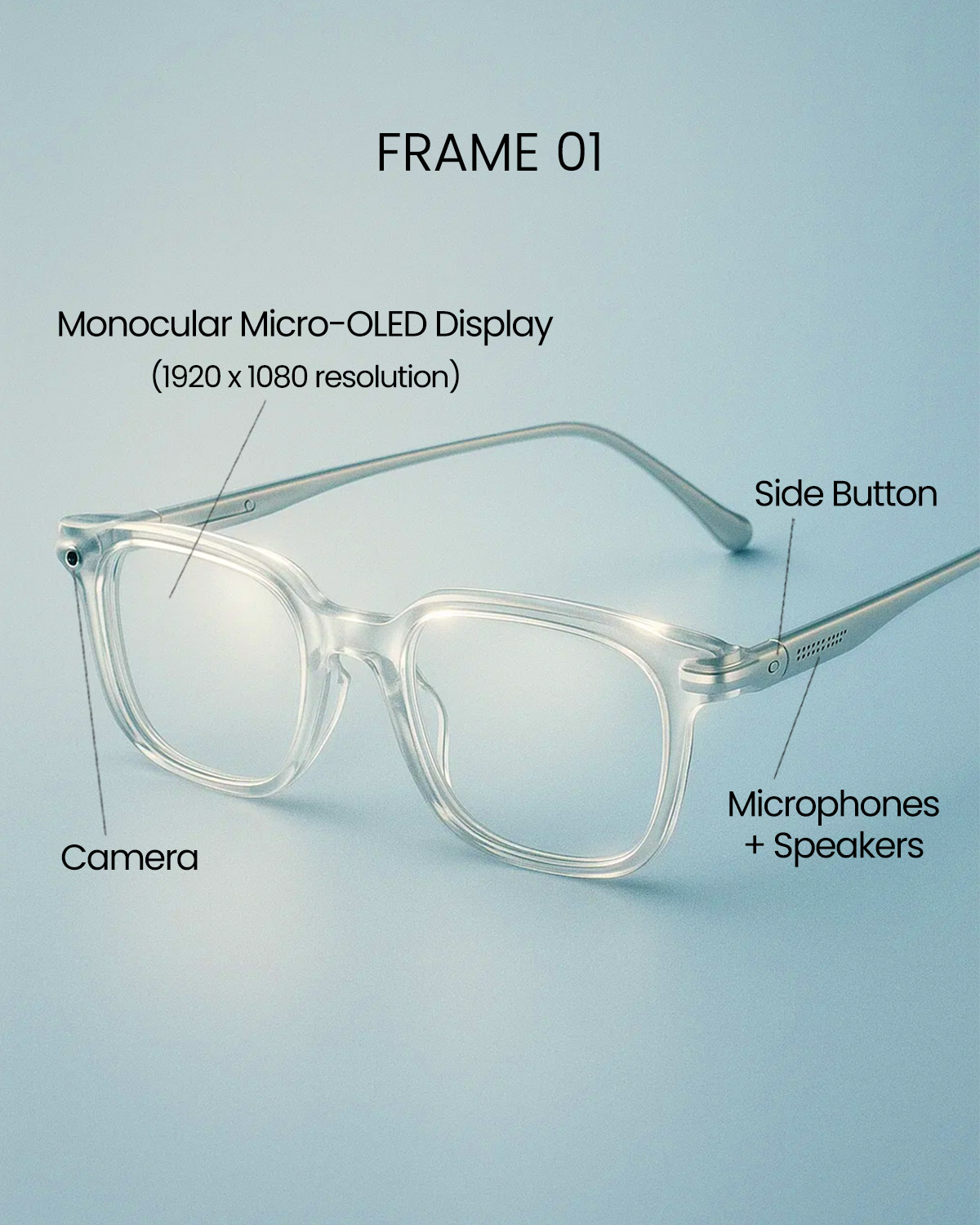
Frame 01. Balancing the distinctive aesthetic of the Ego C1 with high-end functionality, this concept provides high-resolution visuals in a monocular format, offering a middle ground between discretion and immersion.
- Display: Monocular Micro-OLED (1920 x 1080 resolution).
- Hardware: 12MP Camera, two side control buttons.
- Audio: Integrated microphones and speakers.
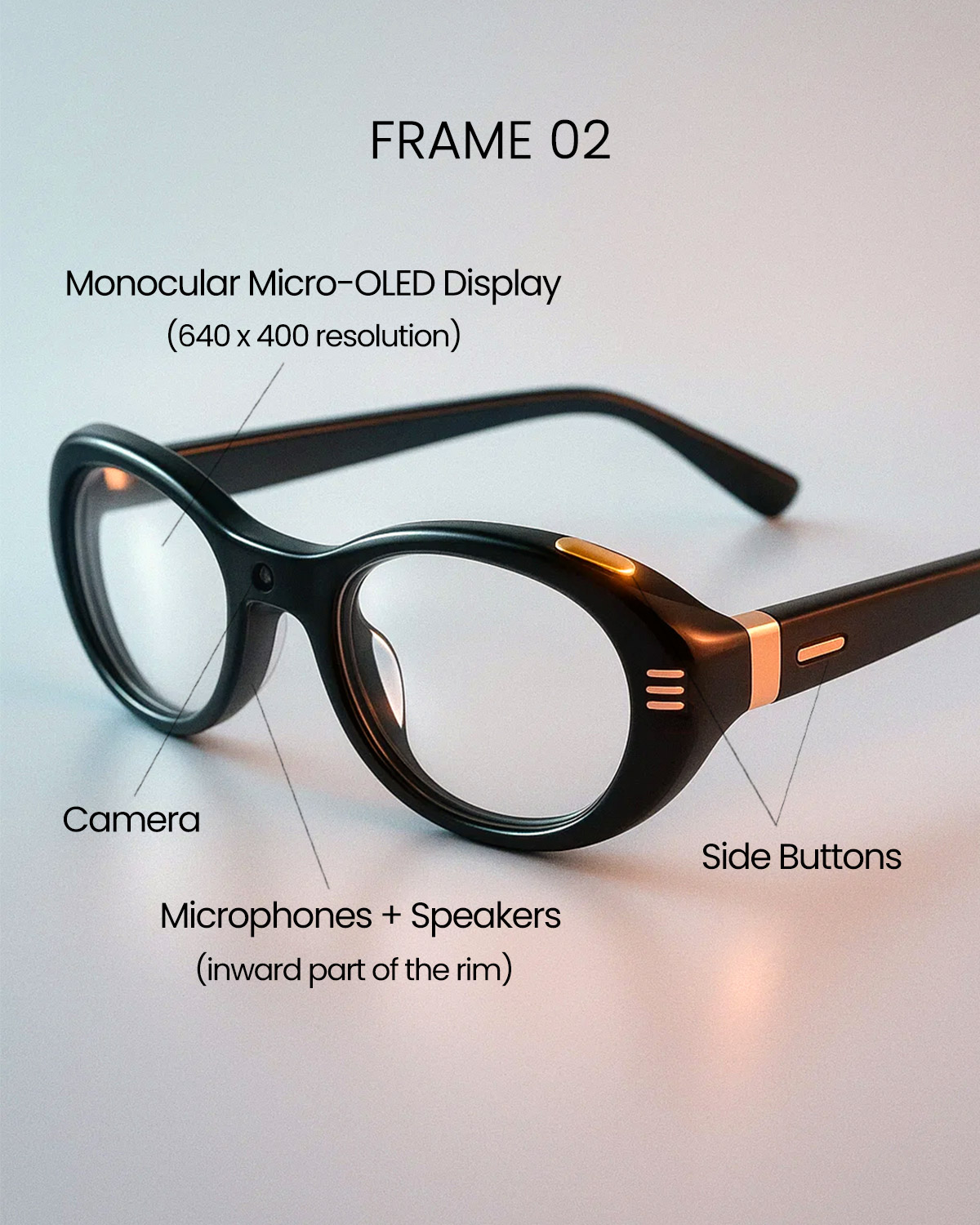
Frame 02. Based on the sleek, minimalist Orbit 01, this concept is designed for subtle, everyday interaction. It focuses on delivering notifications and quick data glances without obstructing the field of view.
- Display: Monocular Micro-OLED (640 x 400 resolution).
- Hardware: 12MP Camera, two side control buttons.
- Audio: Microphones and speakers built discreetly into the inward part of the rim.
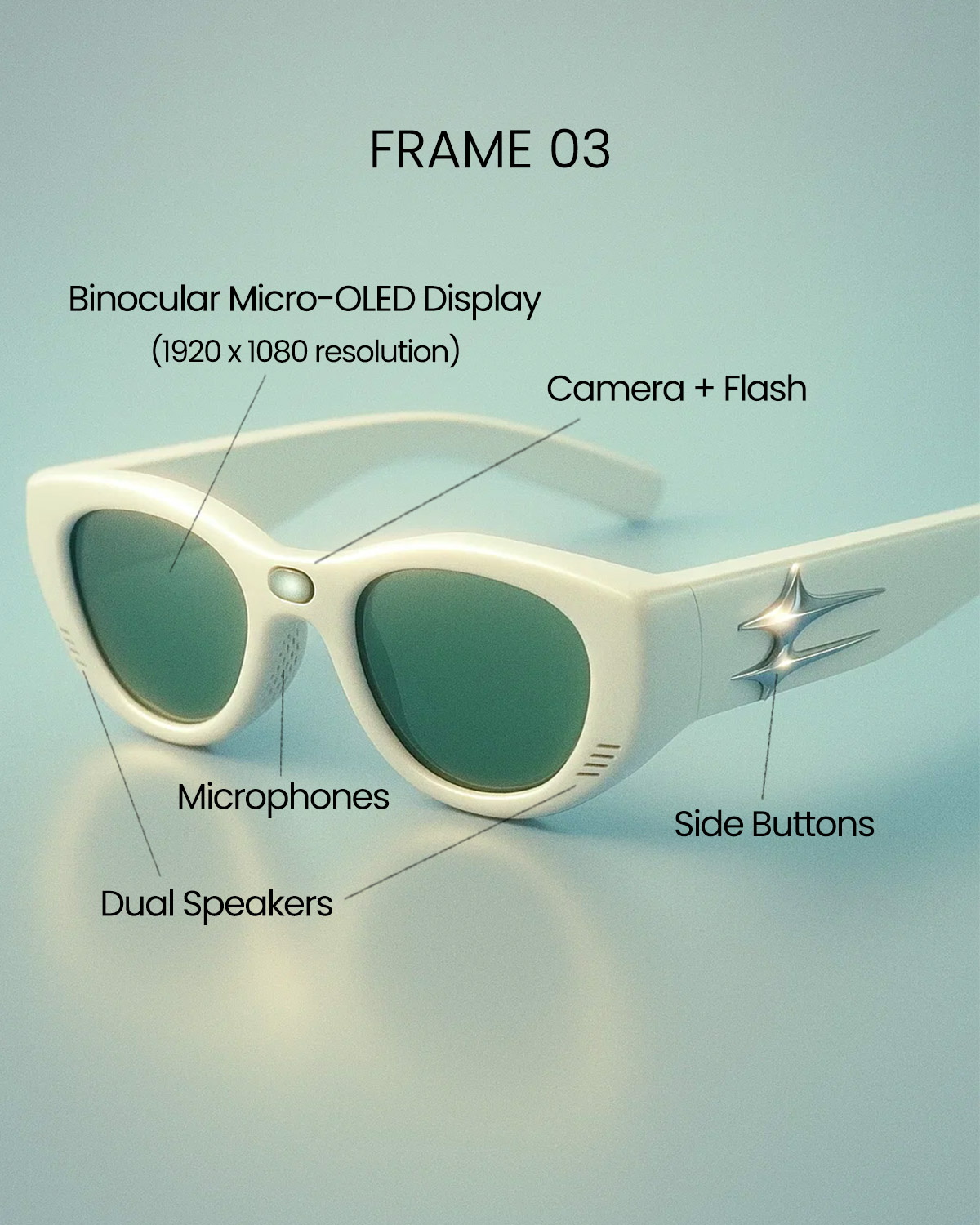
Frame 03. The bolder Verse W2 frame provides more real estate for advanced hardware, catering to users who want a richer, immersive AR experience with high-definition visual integration.
- Display: Binocular Micro-OLED (1920 x 1080 resolution).
- Hardware: 12MP Camera with LED flash, two side control buttons.
- Audio: Advanced microphones and dual speakers.
Navigating Social Friction
While aesthetic appeal solves the first hurdle, the second, equally significant barrier is social friction. The privacy implications of face-mounted cameras are significant; nobody wants to have a conversation with someone who might be secretly recording them. This tension undermined the social acceptability of previous smart eyewear.
To address this critical privacy issue, these concepts integrate a highly visible, red LED indicator that activates whenever the camera is in use. Transparency is non-negotiable for social integration.
Furthermore, recognizing that many users desire the utility of smart glasses without the ethical quandary of a camera, a crucial market strategy would be to offer all models without camera functionality. This allows users to choose privacy over the ability to identify obscure furniture in real-time.
The Future of the Face
The potential collaboration between Google and Gentle Monster is about more than just selling glasses; it’s about setting a new paradigm for wearable technology. It acknowledges that for technology to be worn on the most visible part of the human body, it must first earn its place as a fashion accessory.
If successful, this partnership will finally deliver on the promise of the last decade: eyewear that is smart, genuinely desirable, and socially acceptable. It is the most logical move in the wearable space yet, signaling that the future of AR won’t be determined by processing power alone, but by the ability to make that power look effortlessly cool.


